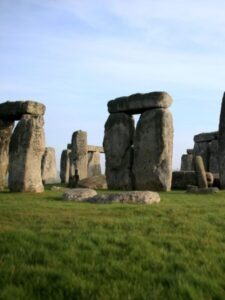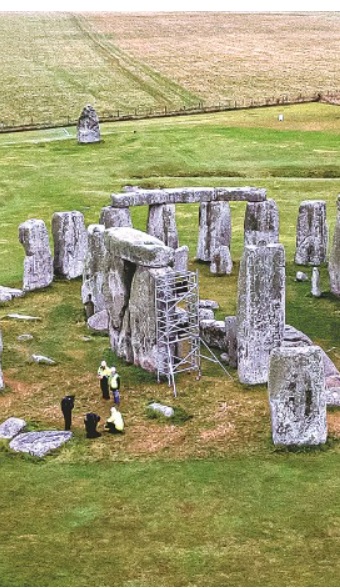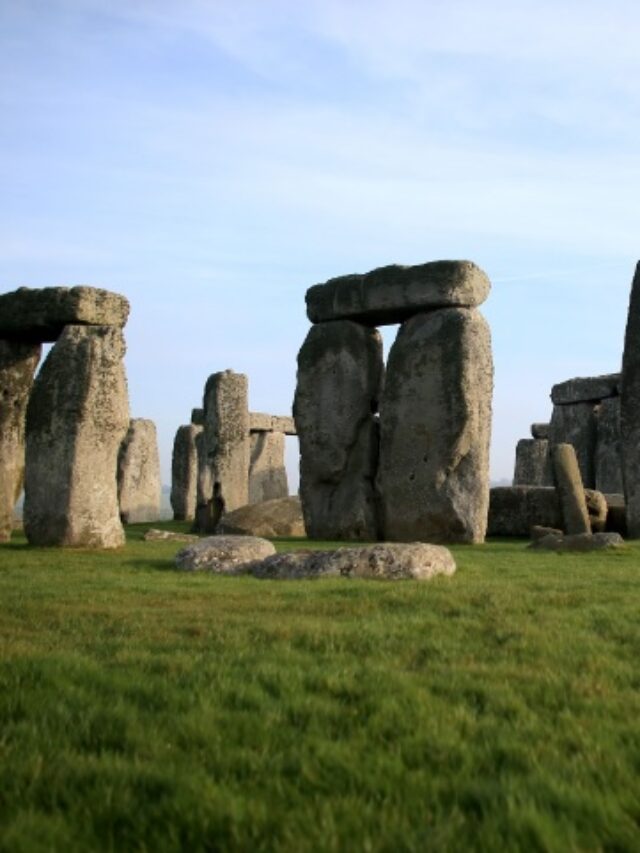Scientists Debunk Popular Stonehenge Theory
Stonehenge, one of the most iconic landmarks in the world, has puzzled researchers for centuries. While many theories about its purpose and construction have been proposed over the years, one popular theory has recently been debunked by a team of scientists. In this post, we’ll explore what this theory was, what evidence was used to debunk it, and what new insights have been gained about Stonehenge.
What was the popular Stonehenge theory?
The popular theory that has been debunked is that the stones of Stonehenge were transported from Wales to Salisbury Plain by a series of rivers and then hauled on sledges. This theory has been around for decades and has been the subject of many studies and experiments.
What evidence was used to debunk the theory?

A team of scientists from the University College London and the University of Manchester used a variety of methods to investigate the theory. They analyzed the isotopes of the stones, conducted experiments with replica stones, and used computer models to simulate the transport process.
What did they find?
The scientists found that the theory of river transport and sledging is not plausible. The isotopes of the stones suggest that they were not transported by river, and the experiments with replica stones showed that it was extremely difficult to transport them on sledges. The computer models also showed that it would have been very difficult to move the stones over the terrain between Wales and Salisbury Plain.
What new insights have been gained about Stonehenge?

While the debunking of this theory is certainly significant, it also opens up new avenues for research. The scientists involved in the study suggest that the stones may have been transported over land, using a system of rollers and levers. This theory is supported by the discovery of large stone balls near Stonehenge, which may have been used as rollers.
Let’s take a look at the new insights gained in more detail:

The stones were likely transported over land
The evidence suggests that the stones were transported over land rather than by river, which opens up new possibilities for how they were moved.
A system of rollers and levers may have been used
The discovery of large stone balls near Stonehenge suggests that a system of rollers and levers may have been used to move the stones.
The process of stone transport was likely more complex than previously thought
The discovery of the stone balls and the suggestion of a system of rollers and levers suggests that the process of transporting the stones was likely more complex than previously thought.
The builders of Stonehenge were highly skilled
The construction of Stonehenge required a high level of skill and expertise, as the transportation of the stones would have been a complex and challenging task.
Stonehenge was likely an important cultural site
The effort put into the construction of Stonehenge suggests that it was likely an important cultural site, possibly used for religious or ceremonial purposes.
Stonehenge may have been built over a long period of time
The transportation of the stones alone would have taken a considerable amount of time, suggesting that the construction of Stonehenge may have taken place over a long period of time.
The stones may have been sourced from different locations
The discovery of different types of stones at Stonehenge suggests that they may have been sourced from different locations, adding another layer of complexity to the transportation process.
Stonehenge was likely a collaborative effort
The transportation of the stones would have required a large number of people working together, suggesting that the construction of Stonehenge was a collaborative effort.
Stonehenge may have been part of a larger cultural landscape
The discovery of other ancient sites in the surrounding area suggests that Stonehenge may have been part of a larger cultural landscape
Also read this post for more updates: Breaking: Japanese Lunar Lander Loses Contact with Ground Control
Why Northern Lights aurora borealis shifted in the United States: A Natural Phenomenon Explained
Blue Origin Joins NASA for Space Tech Collaboration Round 2
Mars 1st Seismic Waves Confirm Liquid Core Existence
Runaway black hole births stars
FAQ
What was the popular theory about Stonehenge?
A: The popular theory was that the stones were transported from Wales to Salisbury Plain by rivers and then hauled on sledges.
What evidence was used to debunk the theory?
A: Isotope analysis, experiments with replica stones, and computer models were used.
What did the scientists find?
A: The theory of river transport and sledging is not plausible.
How were the stones likely transported?
A: Likely over land, using a system of rollers and levers.
What new insights have been gained about Stonehenge?
A: The construction was highly complex, likely required a long period of time, and was likely a collaborative effort. It was also likely an important cultural site and part of a larger landscape.
What was the purpose of Stonehenge?
A: The purpose is still unknown, but it was likely used for religious or ceremonial purposes.
Where were the stones sourced from?
A: The stones were likely sourced from different locations, adding to the complexity of the transportation process.
Who built Stonehenge?
A: The builders are unknown, but they were highly skilled and likely worked together in a collaborative effort.
What does the debunking of the popular theory mean for future research?
A: It opens up new possibilities for how the stones were moved and highlights the complexity of the construction process

